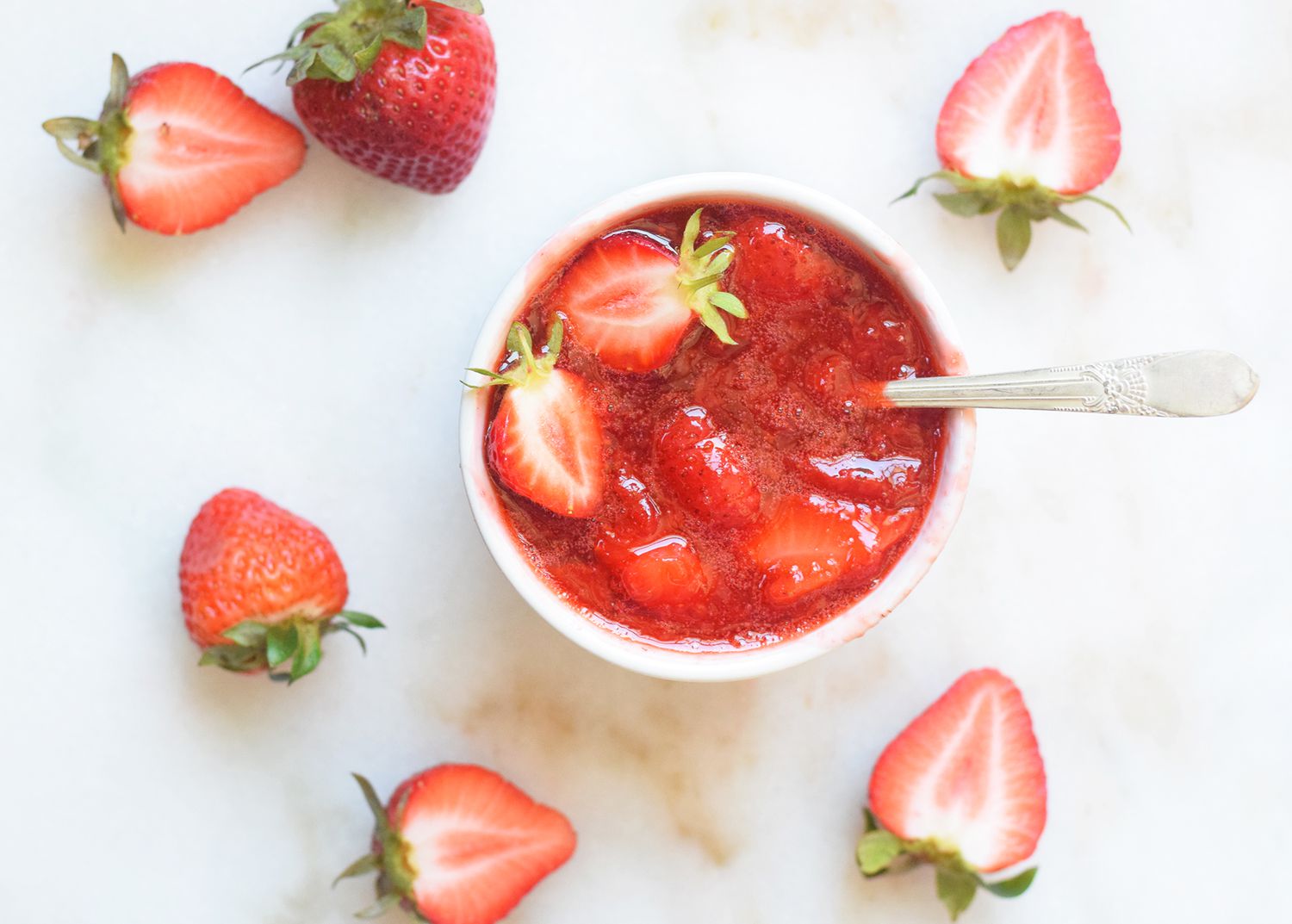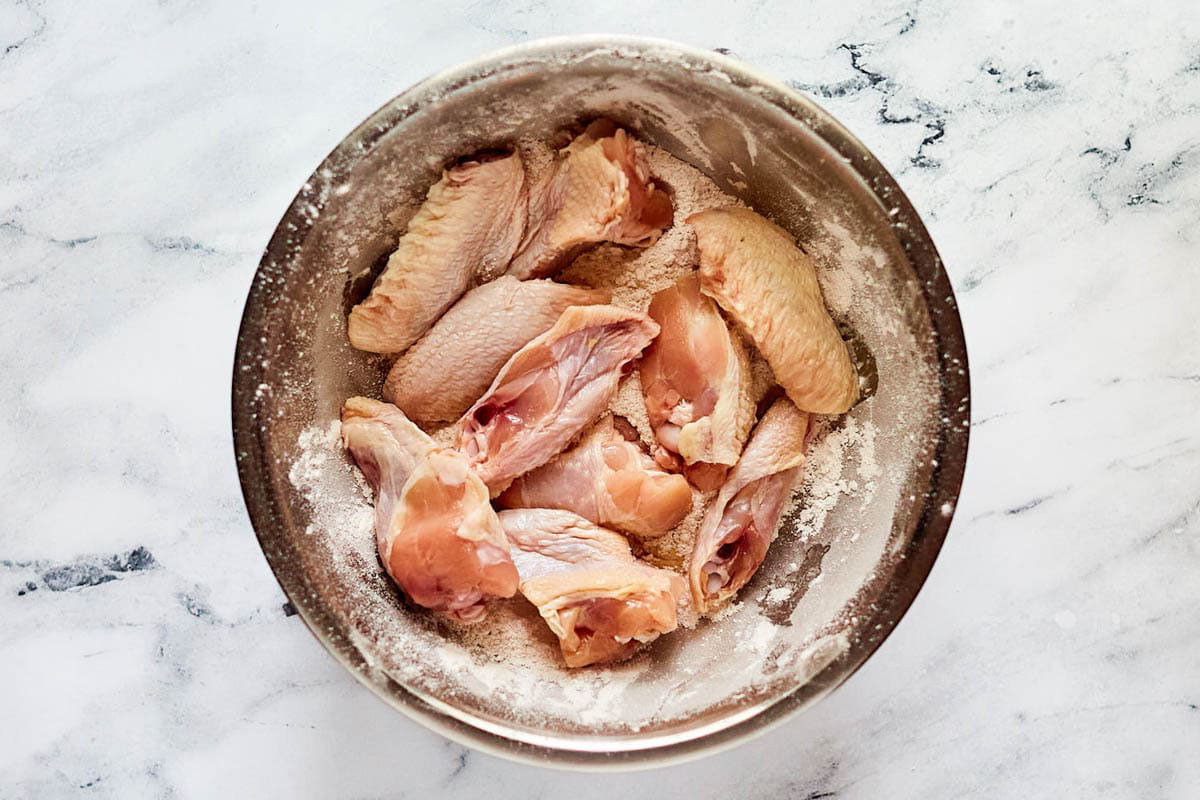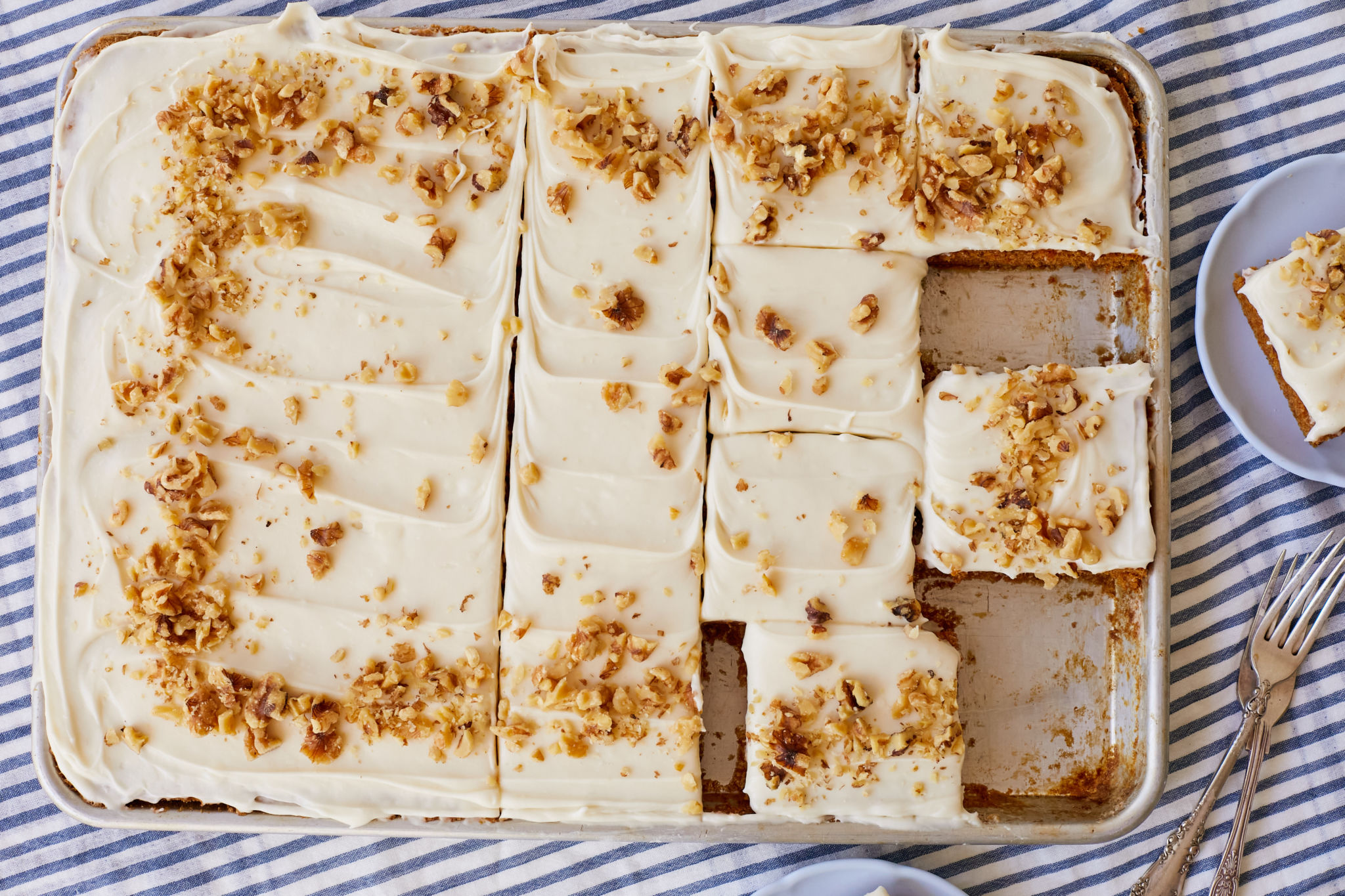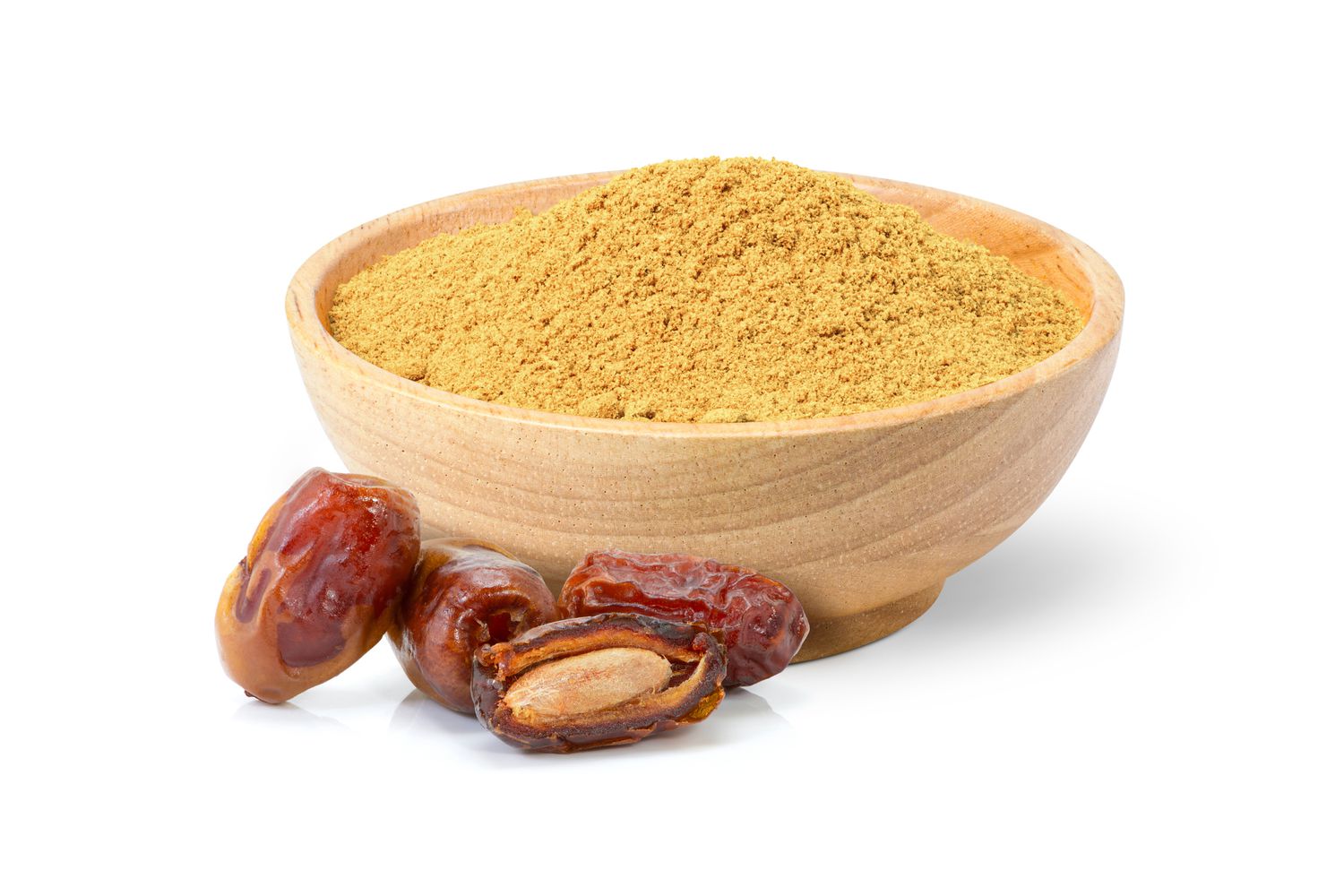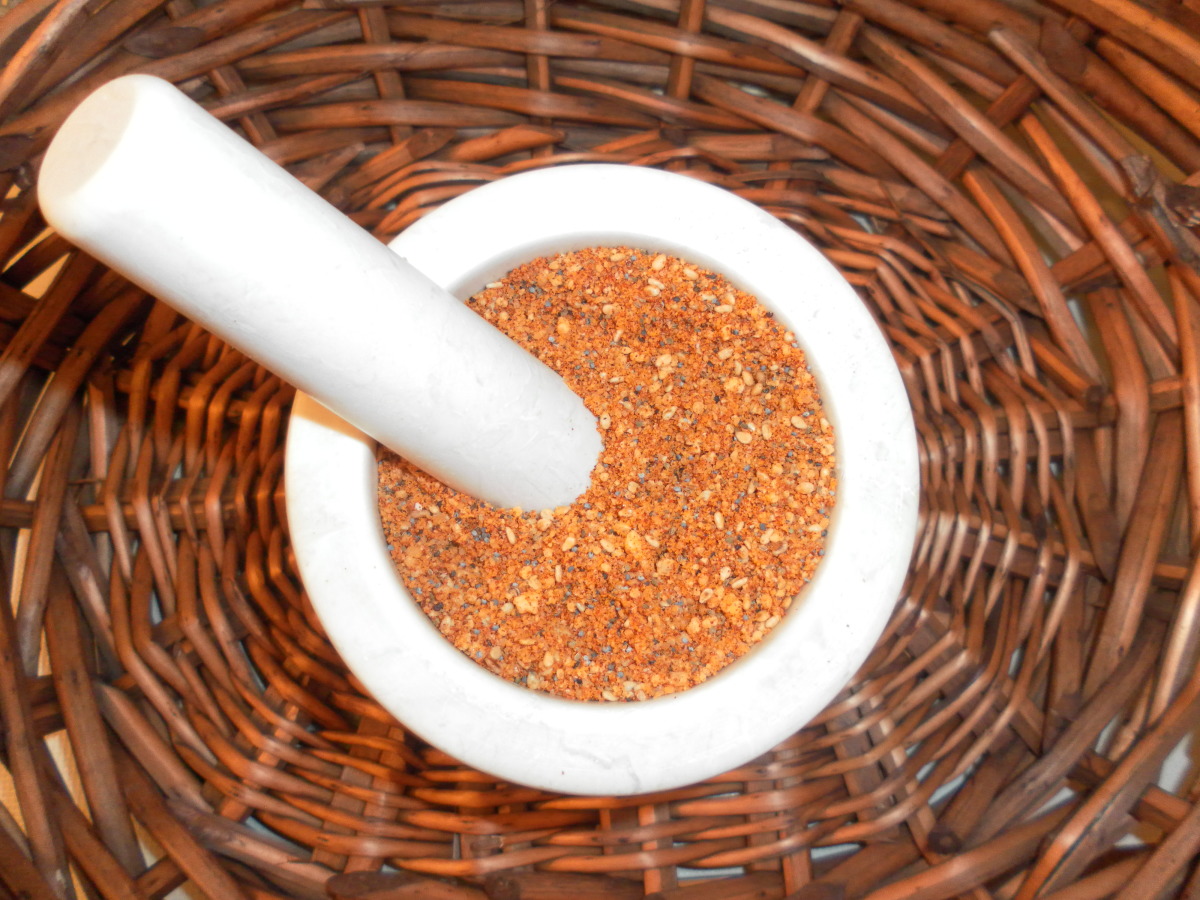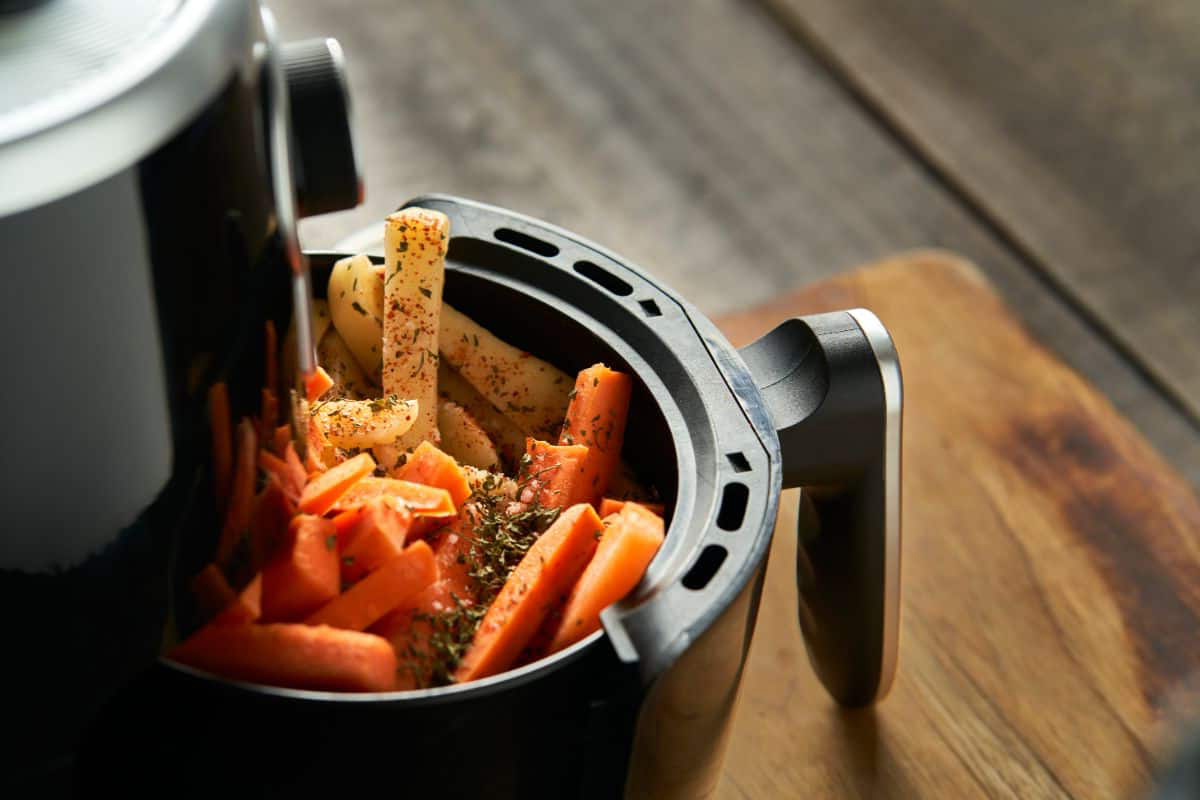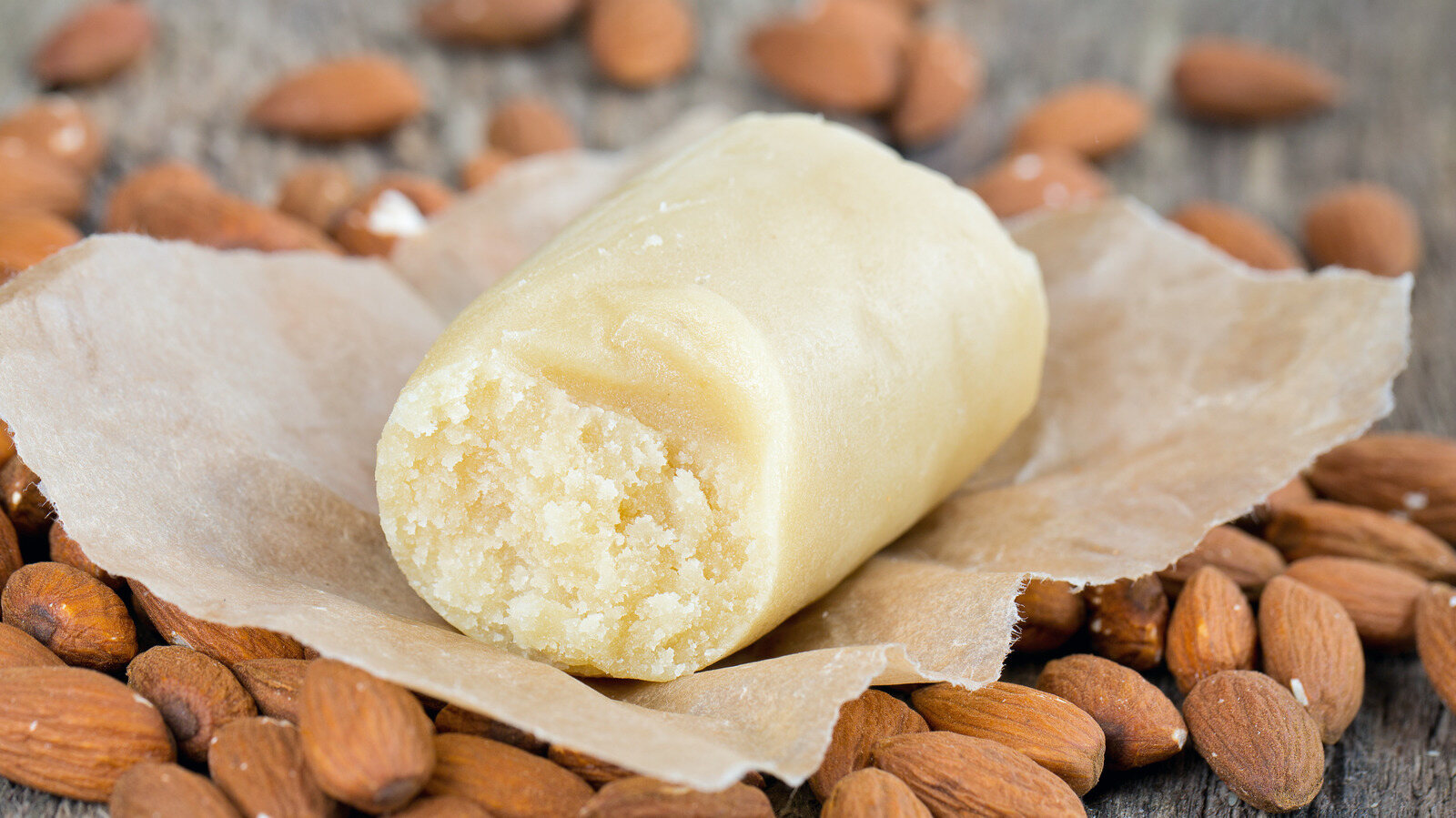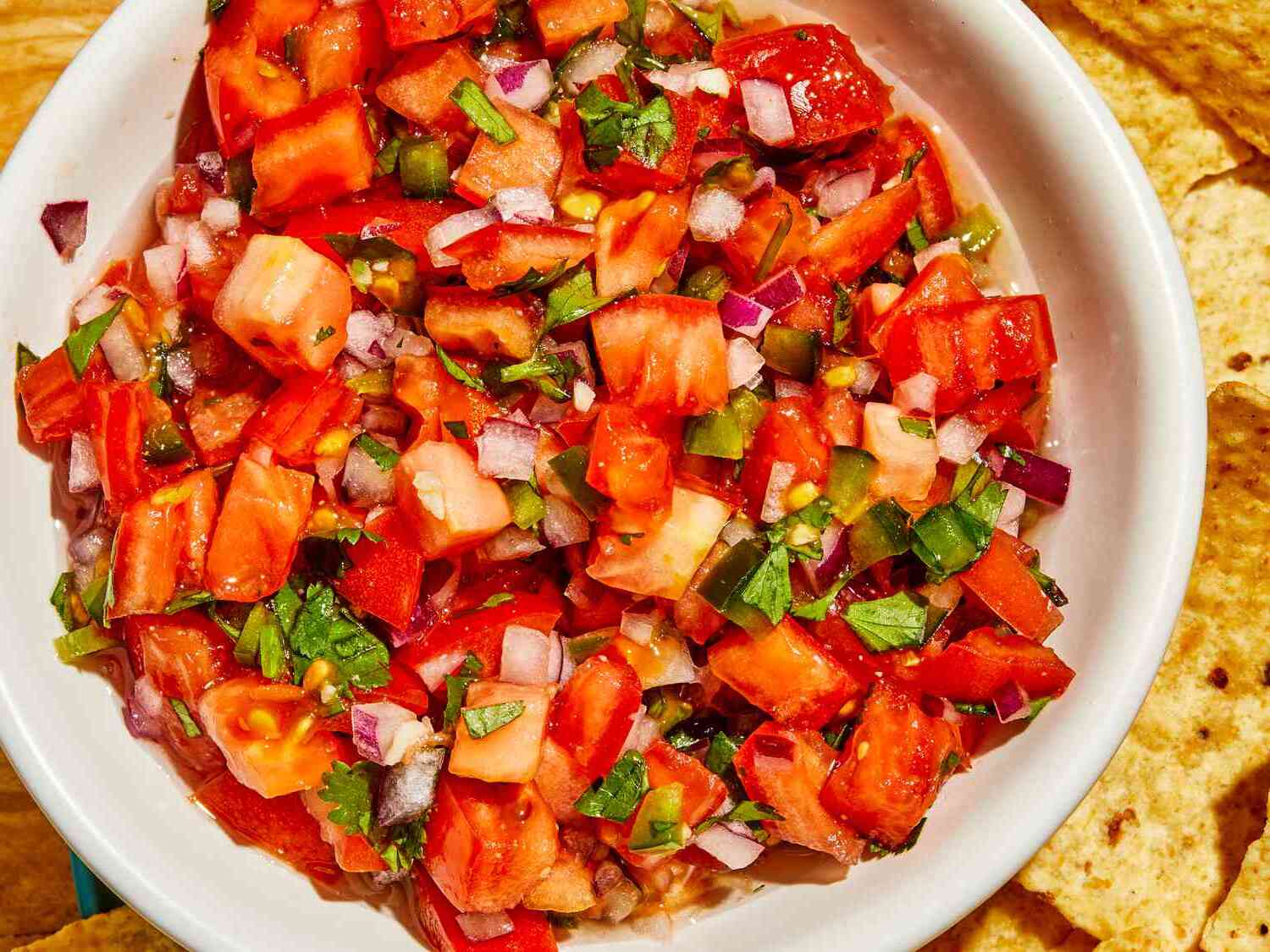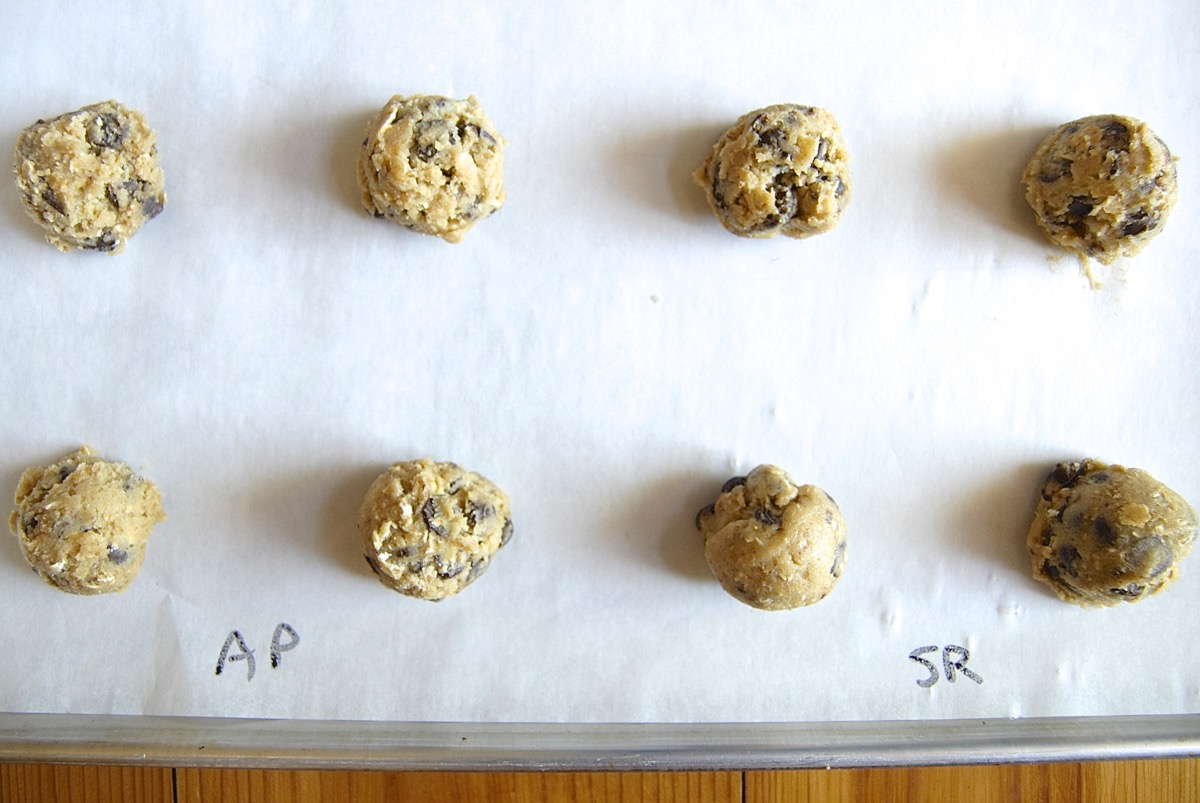Understanding Sourdough Starters
Have you ever wondered how bread gets its deliciously tangy flavor and chewy texture? The secret lies in a magical ingredient called a sourdough starter. This natural leavening agent is a mixture of flour and water that captures wild yeast and beneficial bacteria from the environment. It’s the key to creating flavorful and artisanal sourdough bread.
How Does a Sourdough Starter Work?
A sourdough starter is a living ecosystem of wild yeast and lactic acid bacteria. When flour and water are combined and left at room temperature, the naturally occurring microorganisms in the environment begin to colonize the mixture. The wild yeast ferments the sugars in the flour, producing carbon dioxide gas that leavens the bread. Meanwhile, the lactic acid bacteria create the signature tangy flavor of sourdough bread.
Creating a Sourdough Starter
Creating your own sourdough starter is a simple yet magical process. All you need is a mixture of flour and water, a bit of patience, and a watchful eye. Here’s a basic recipe to get you started:
- Combine equal parts of whole grain flour and water in a clean glass or plastic container.
- Stir the mixture until it’s well combined, then loosely cover the container with a clean cloth or plastic wrap.
- Let the mixture sit at room temperature for 24 hours.
- After 24 hours, discard half of the mixture and feed the remaining starter with equal parts of flour and water.
- Repeat this process every 24 hours, discarding half of the starter and feeding it with fresh flour and water, until it becomes bubbly and doubles in size within 4-8 hours of feeding.
Once your sourdough starter is active and bubbly, it’s ready to be used in bread recipes to impart that distinctive sourdough flavor and texture.
Caring for Your Sourdough Starter
Once you’ve established a sourdough starter, it’s important to care for it to keep it healthy and active. Here are a few tips for maintaining your sourdough starter:
- Store it in the refrigerator when not in use, feeding it regularly to keep it active.
- Use a kitchen scale to measure ingredients for feeding to maintain a consistent hydration level.
- Keep a small amount of the starter as a backup in case of accidents or contamination.
- Use your sourdough starter regularly to keep it strong and healthy.
Benefits of Using a Sourdough Starter
Using a sourdough starter in bread baking offers numerous benefits, including:
- Enhanced flavor and aroma compared to breads made with commercial yeast.
- Improved digestibility due to the fermentation process breaking down gluten and phytic acid.
- Extended shelf life without the need for preservatives.
- The satisfaction of creating artisanal bread from scratch.
Whether you’re a seasoned baker or a novice in the kitchen, experimenting with a sourdough starter can add a whole new dimension to your bread-making adventures. So, roll up your sleeves, get your hands dirty, and embark on the wonderful journey of sourdough bread baking with your very own sourdough starter!
Was this page helpful?
Read Next: What Is Sawmill Gravy?
